Search Results
Search & Refine

Theater and Stage Presentations
Public programs are delivered by an educator, actor, or STEM professional and may incorporate stage presentations, scripted science theater performances, demonstrations, interactive games. These programs typically last up to 20 minutes and are held in a dedicated auditorium or seating area for small or large audiences.
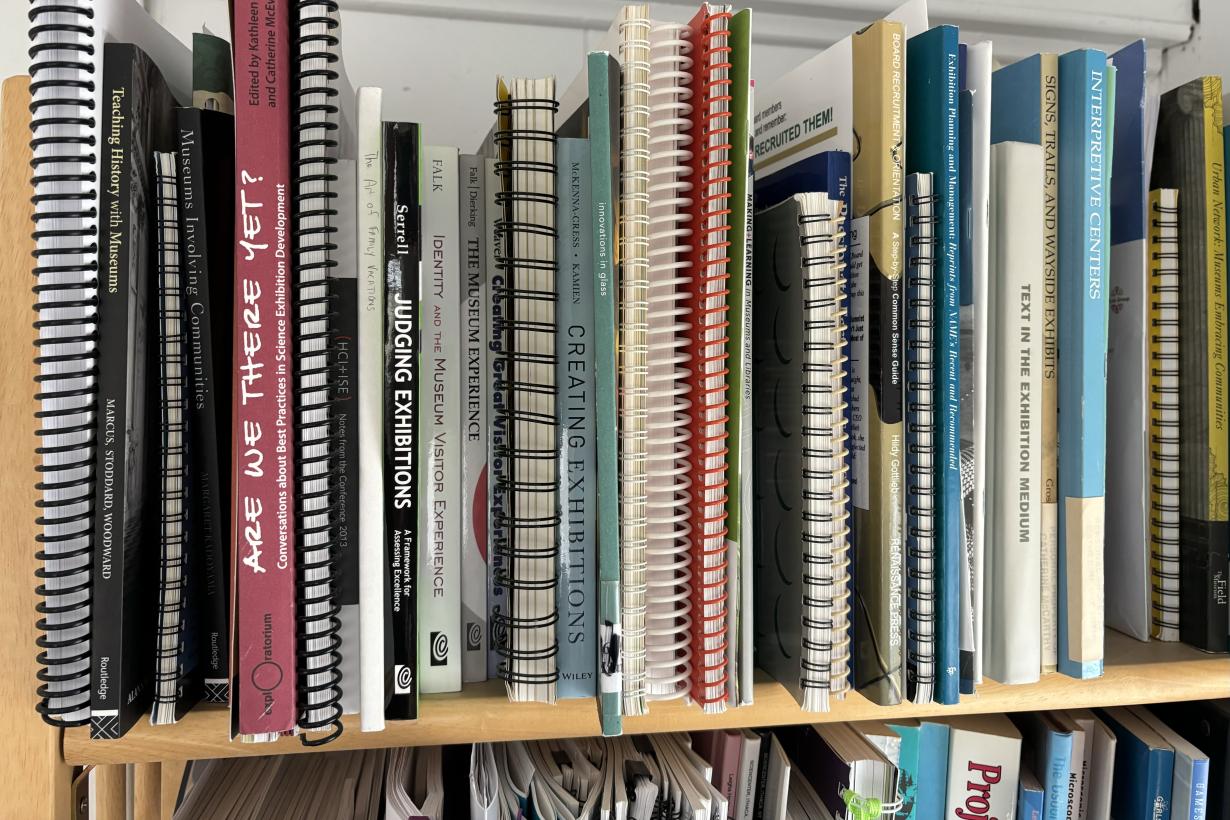
Publications
Publications include: 1) Externally published journal articles, books, and other professional publications 2) Guides for professional learning, and 3) Evaluation reports and research studies.
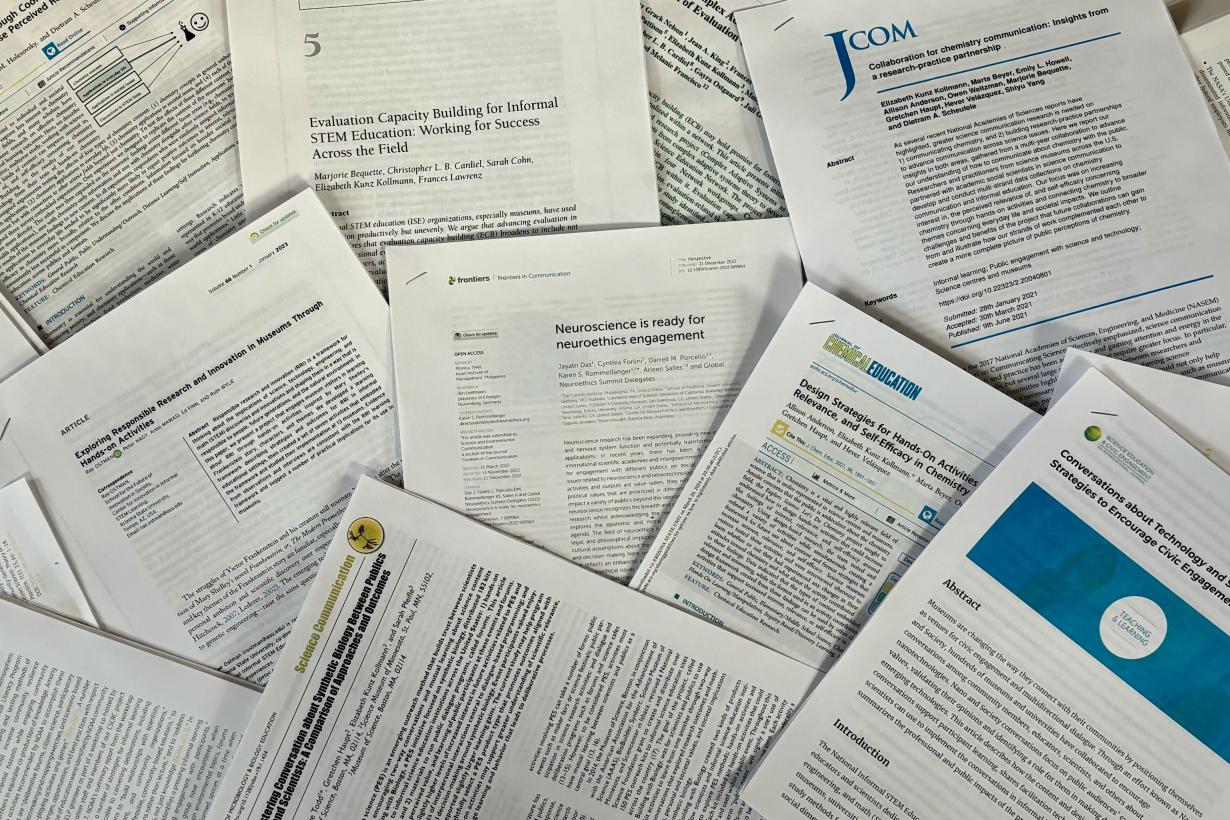
Publications List with Citations
A list of citations for NISE Network project externally published journal articles, books, and professional publications.

Guides
The NISE Network has developed many written professional learning guides designed to increase the capacity of informal science educators and scientists. Guides cover a wide variety of topics from program development, collaboration, inclusion, and implementation.
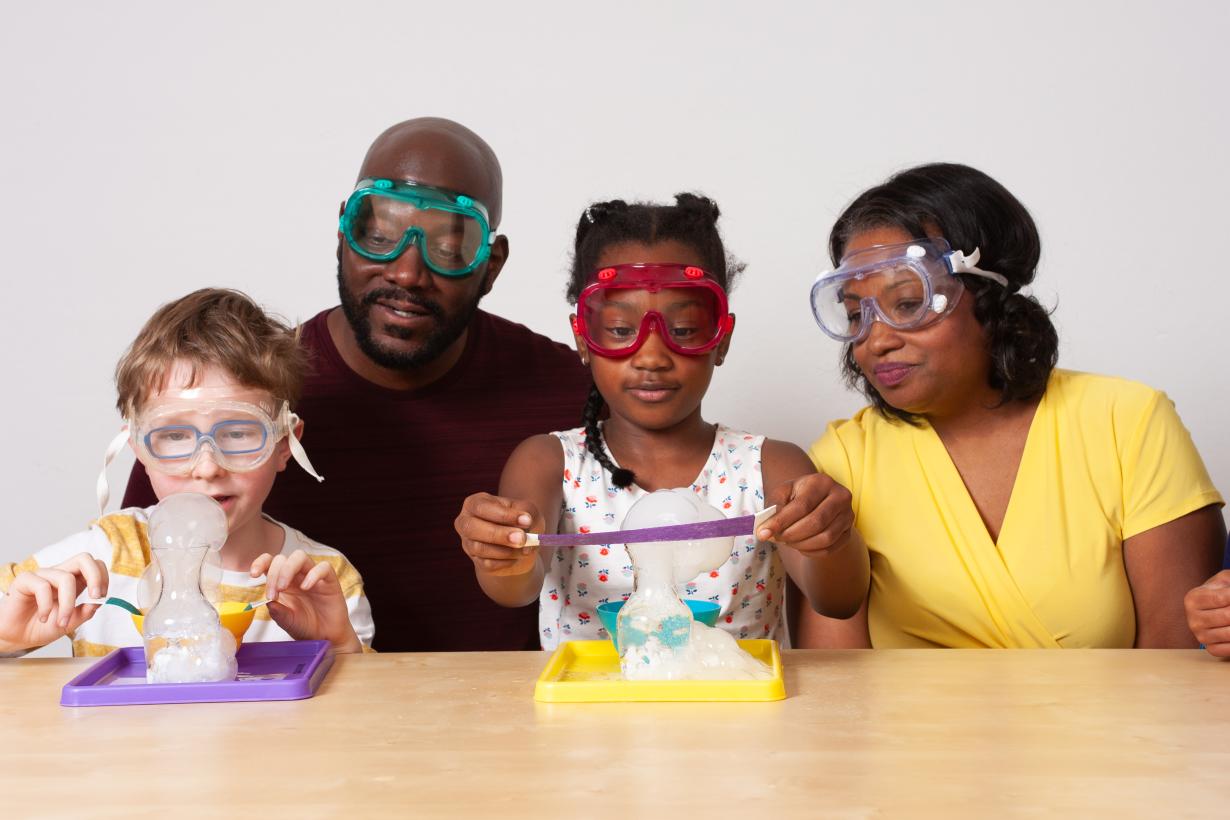
Chemistry
Chemistry hands-on activities and professional learning resources for informal science educators.
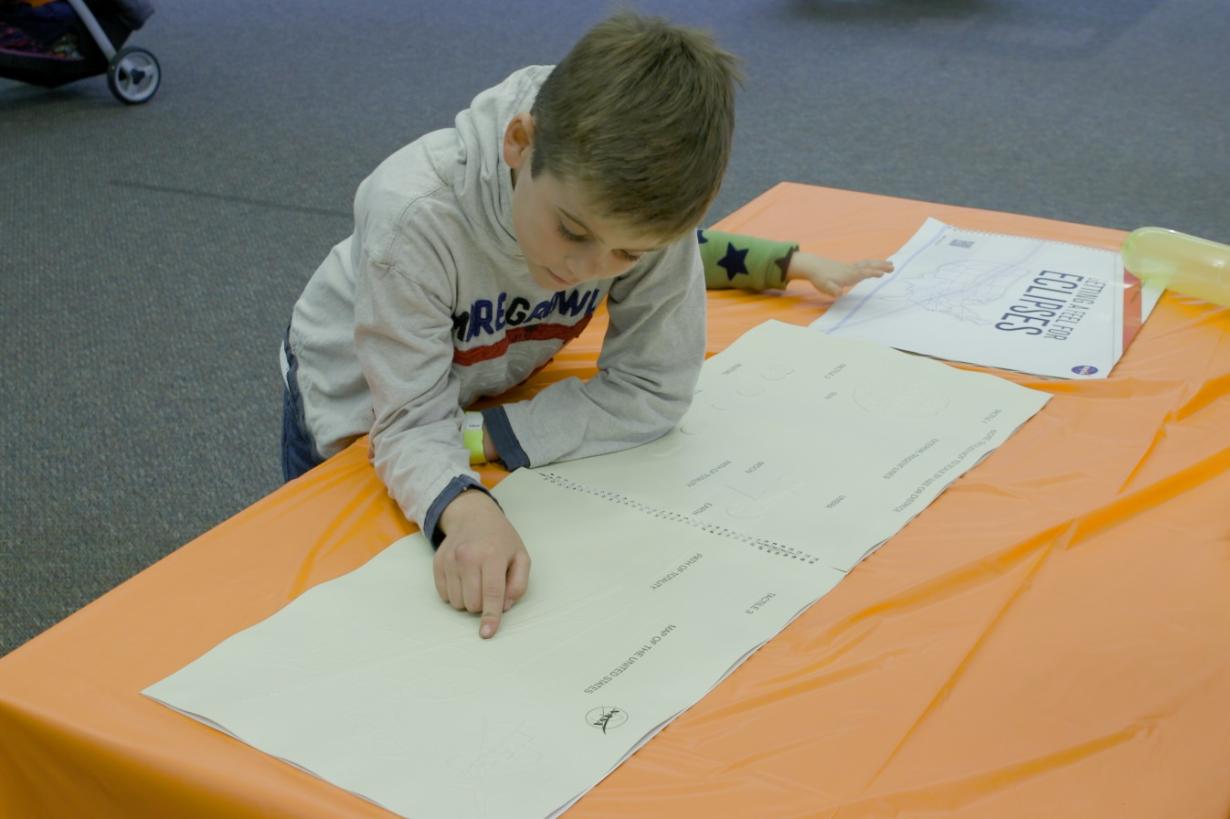
Blind and Low Vision Audiences

Making Waves with Radio Kit
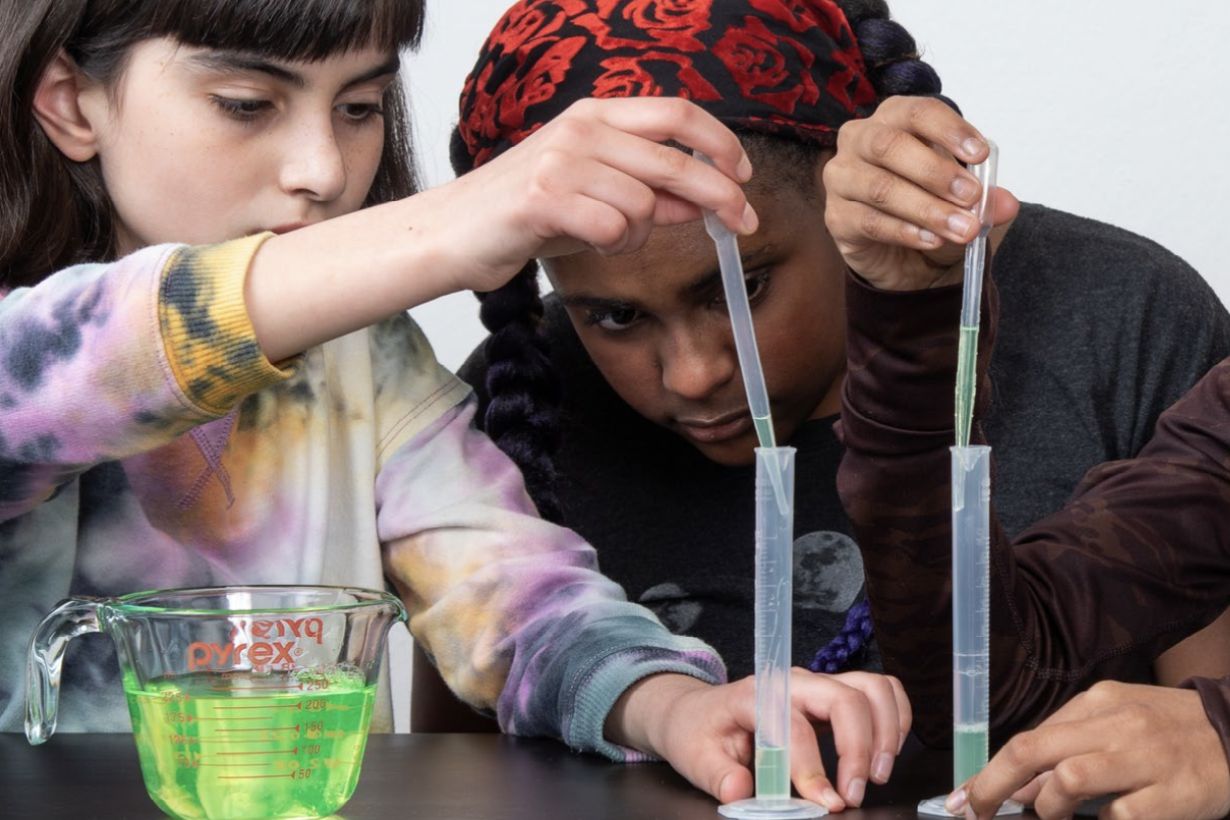
Voyage through the Solar System Kit
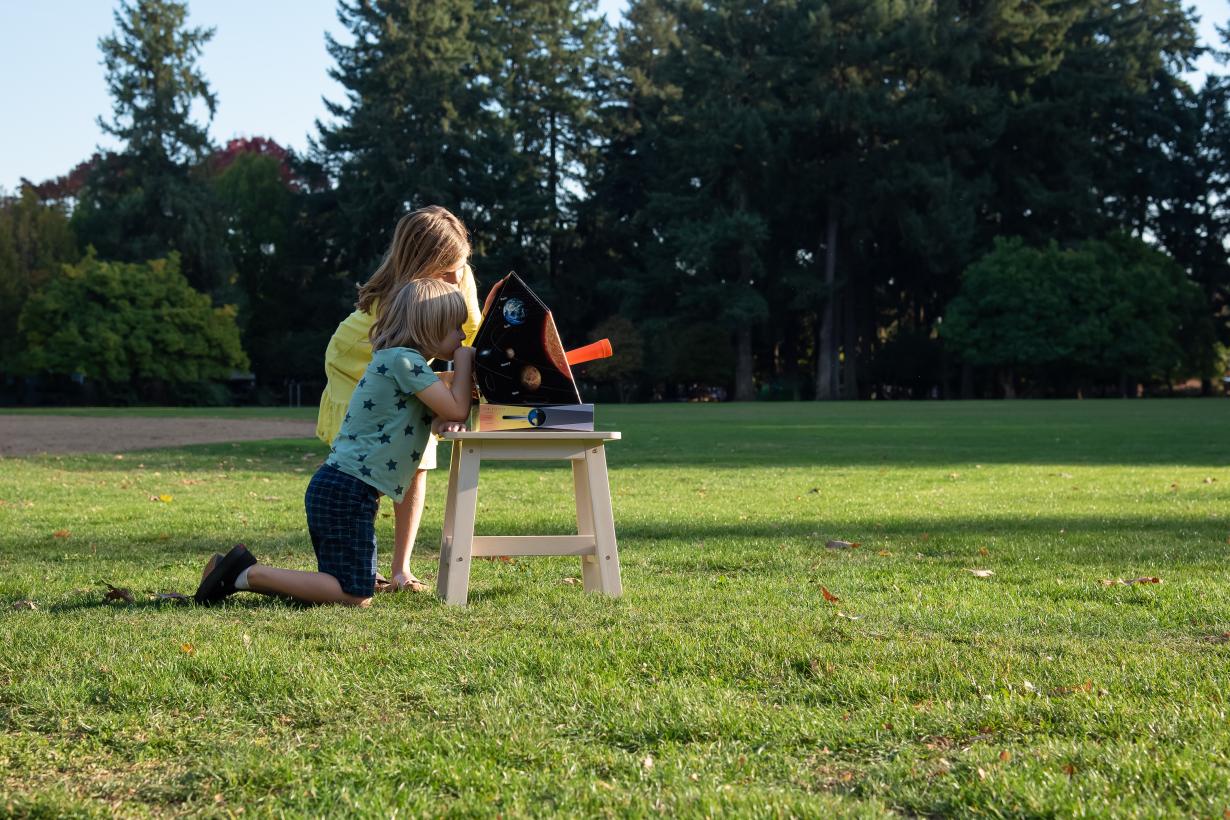
Camps
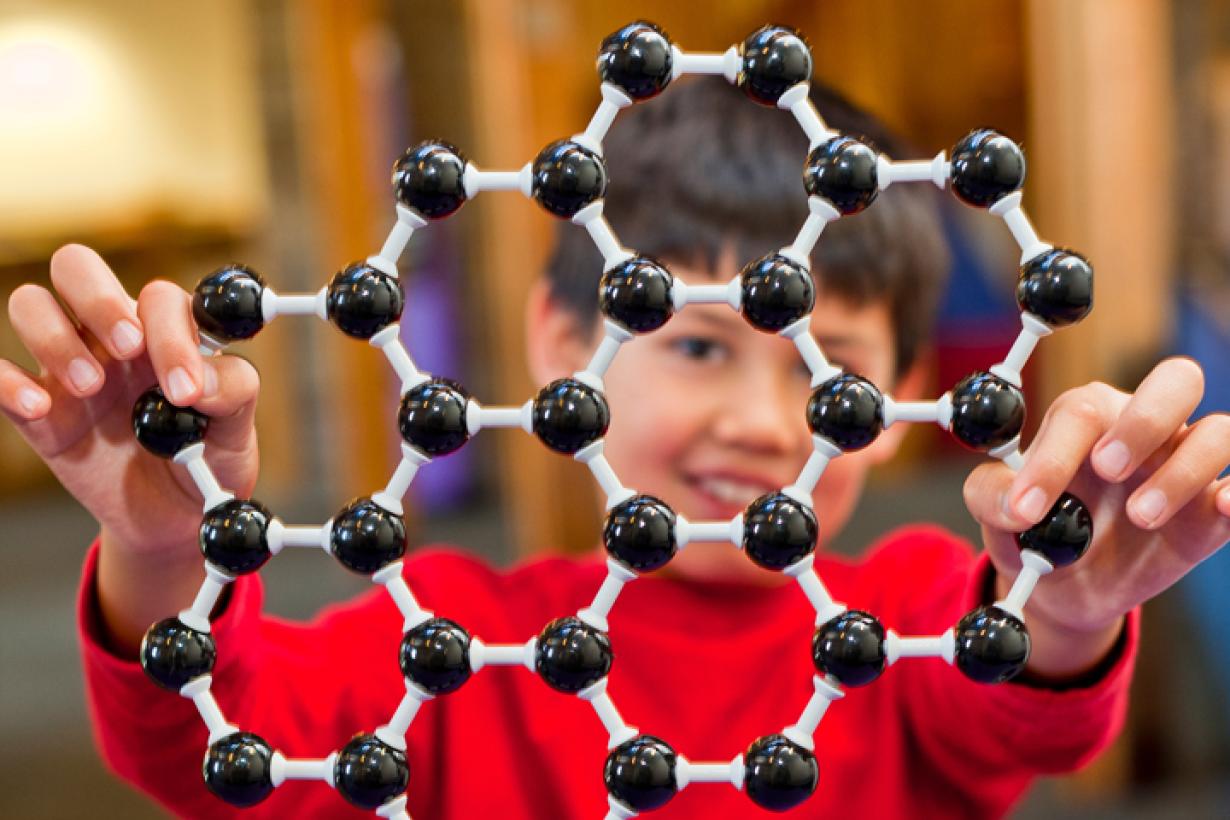
Carbon
